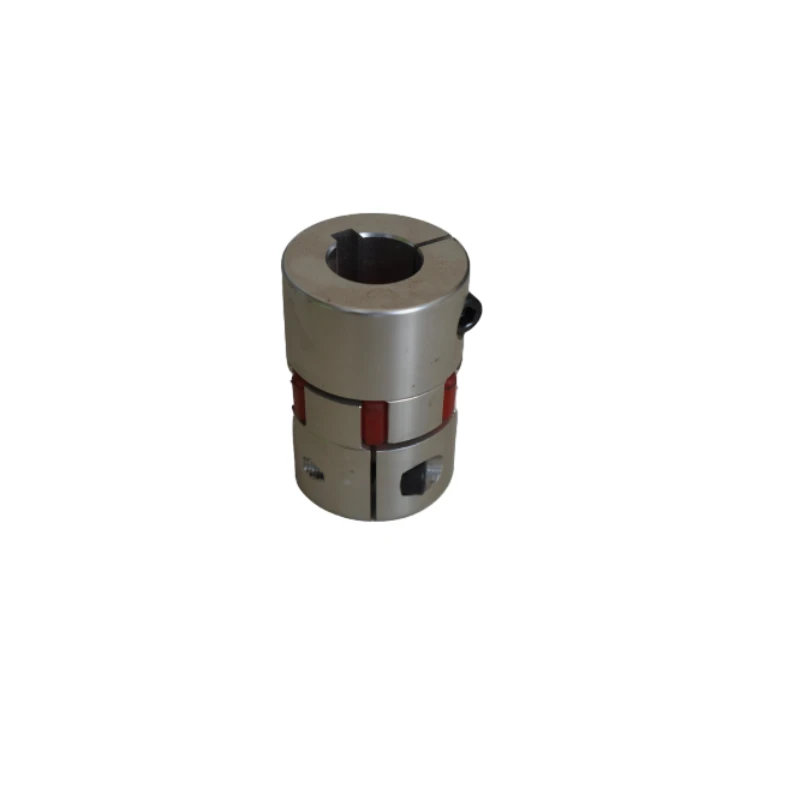Silica Sand Applications in Metal Casting Processes and Techniques for Optimal Results
The Importance of Silica Sand in Metal Casting
Silica sand, primarily composed of silicon dioxide (SiO2), is a key material in the metal casting industry. Its unique properties make it essential for producing high-quality castings, enabling foundries to create intricate and detailed metal structures. This article explores the significance of silica sand in metal casting, its characteristics, and its applications in the foundry process.
Characteristics of Silica Sand
Silica sand is valued for its high purity, ideal granule size, and excellent thermal stability. Typically, it shows a minimal presence of impurities, which is crucial for ensuring the quality of castings. The grain shape is also important; round grains tend to promote better flowability and minimize mold damage, while angular grains provide better binding capabilities when mixed with resin or other bonding agents.
Additionally, silica sand exhibits good resistance to high temperatures, allowing it to withstand the intense heat generated during metal pouring. This thermal resistance reduces defects in the final cast product, such as cracking or deformation, making it an indispensable material for the foundry industry.
The Role of Silica Sand in Metal Casting Processes
In metal casting, silica sand is primarily used to create molds. The sand is mixed with a binder to form a mold that can hold molten metal until it cools and solidifies. The most common type of binder used in conjunction with silica sand is phenolic resin, which provides strength to the mold while maintaining the necessary flexibility.
There are various metal casting methods, including green sand casting, shell mold casting, and investment casting. In green sand casting—one of the most traditional methods—silica sand forms the primary component of the molding material. The term green sand refers to the moist, unmolded state of the sand, which is mixed with water, bentonite clay, and other additives to achieve the desired properties. This method is widely used for casting ferrous metals due to its excellent compressive strength and cost-effectiveness.
silica sand for metal casting

In shell mold casting, a mixture of silica sand and a thermosetting resin is used to create thin-walled molds. The molds are created by heating the resin-coated sand, which hardens to form a shell. This technique is particularly valuable for producing precise and smooth surfaces, which minimizes the need for post-casting finishing.
Investment casting, another significant method, employs a silica-based material to create a wax model. After the model is coated with a ceramic shell, the wax is melted away, leaving a mold that is then filled with molten metal. This method is known for its ability to produce complex geometries and high precision, and the use of silica sand helps to ensure the durability of the molds under extreme thermal stress.
Environmental and Sustainability Considerations
As with many industrial materials, the extraction and usage of silica sand raise environmental concerns. Responsible mining practices and recycling of sand from casting processes are essential to mitigate these impacts. Many foundries are now exploring ways to reuse spent sand, thereby reducing the demand for fresh silica sand and lowering overall production costs.
Furthermore, advancements in technology are leading to the development of alternative materials that could supplement or replace silica sand in certain applications. However, finding an appropriate substitute that matches the thermal, mechanical, and chemical properties of silica sand remains a challenge.
Conclusion
Silica sand plays a pivotal role in the metal casting industry, contributing to the production of high-quality castings that meet strict industry standards. Its unique characteristics—such as high purity, thermal resistance, and favorable grain structure—make it an essential component of various casting processes. As the industry continues to innovate and address environmental concerns, silica sand remains a fundamental material in metal casting, helping foundries to meet the growing demands for precision and performance in metal components.
-
crawler mounted drill rig-Baoding Hairun Machinery And Equipment Trading Co., Ltd.|Underground Drilling Solutions, Confined Space EfficiencyNewsAug.16,2025
-
Custom OEM Couplings | Precision Machining & ManufacturingNewsAug.16,2025
-
Advanced Drilling Solutions for Confined Spaces - Baoding Hairun Machinery | Crawler Mounted Drill Rig&Confined Space ApplicationsNewsAug.16,2025
-
Drill For Confined Spaces-Crawler Drill Rig for Mining Applications|Baoding Hairun Machinery And Equipment Trading Co., Ltd.NewsAug.16,2025
-
Crawler Mounted Drill Rig-Baoding Hairun Machinery And Equipment Trading Co., Ltd.|Compressed Air Power&Frame SupportNewsAug.15,2025
-
Crawler Drilling Rig - Baoding Hairun|Confined Space Drilling&Mine SafetyNewsAug.15,2025















